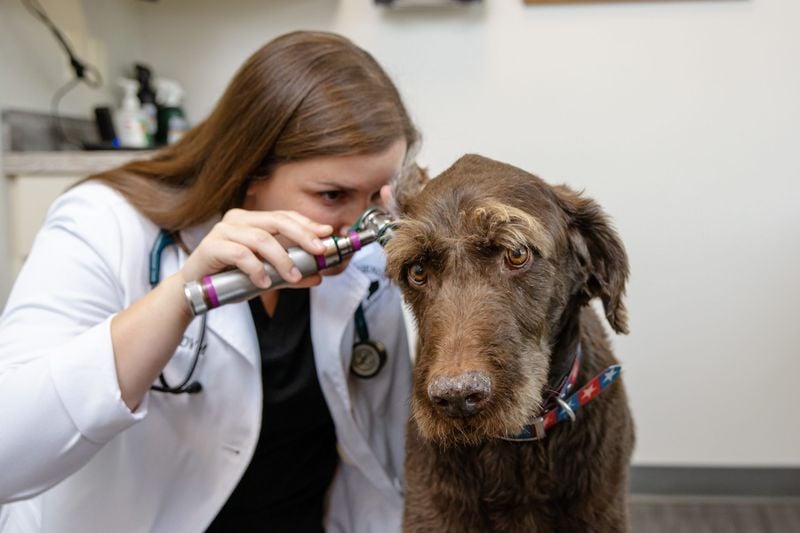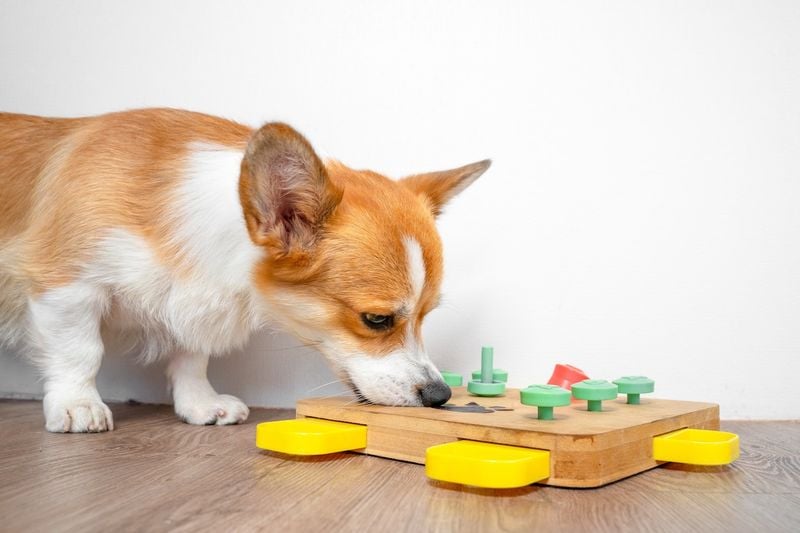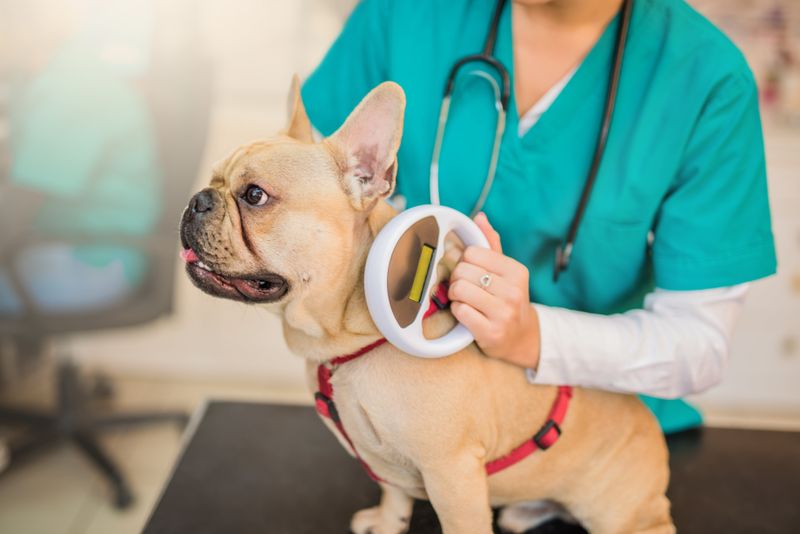12 Ways to Keep Your Pet Happy, Healthy, and Thriving
Our furry friends bring so much joy to our lives—loyal companionship, unconditional love, and even the occasional laugh with their quirky behaviors. But behind every wagging tail or soft purr is a living being that depends entirely on us for comfort, safety, and happiness. Being a pet owner isn’t just about providing food and a roof over their head—it’s about understanding their needs, honoring their instincts, and enriching their daily lives with love and care.
Whether you’re raising a rambunctious puppy, a mellow senior cat, or a unique companion like a rabbit, bird, or reptile, the goal remains the same: to offer them the best life possible. And that doesn’t necessarily mean expensive toys or trendy pet gear. It means being attentive, proactive, and thoughtful in how you care for their physical health, emotional wellbeing, and everyday routines.
In this guide, we’ve rounded up twelve essential tips that every pet parent should know. From nutrition and exercise to emotional enrichment and preventive care, these practices can make a world of difference in your pet’s overall quality of life. Because a happy, healthy pet doesn’t just happen—it’s something you build every day, one loving decision at a time.
1. Balanced Diet Makes Happy Pets
Food is the foundation of your pet’s health. Just like humans, animals need the right mix of nutrients to thrive and avoid health problems. Look for high-quality pet food with real meat listed as the first ingredient and minimal fillers or artificial additives.
Portion control matters too! Overfeeding leads to obesity, which can cause joint problems, diabetes, and shorter lifespans. Ask your vet about the perfect portion size for your pet’s breed, age, and activity level.
Remember that treats should make up no more than 10% of your pet’s daily calories. Fresh vegetables like carrots or green beans make healthy snack alternatives that won’t expand your pet’s waistline while still making them feel special.
2. Regular Vet Checkups Prevent Problems
Many pets hide signs of illness until they’re really sick. Regular vet visits catch problems early when they’re easier and cheaper to treat. Young pets need more frequent checkups, while healthy adult pets should see the vet at least once a year.
During these visits, your vet will check your pet’s weight, teeth, heart, lungs, and overall condition. They’ll also keep vaccinations updated and test for parasites that could make your pet sick. These appointments are perfect times to ask questions about behavior, diet, or anything else you’re wondering about.
Keep a small notebook of changes you notice in your pet between visits. Things like drinking more water, changes in appetite, or new lumps are important clues for your vet to know about.
3. Daily Exercise Keeps Bodies Strong
Bouncing off the walls? Scratching furniture? Your pet probably needs more exercise! Physical activity burns energy, builds muscle, and keeps your pet at a healthy weight. Most dogs need at least 30 minutes of activity daily, while cats benefit from several short play sessions throughout the day.
Mix up your exercise routine to keep it fun. Dogs might enjoy walks, fetch, swimming, or agility courses. Cats love chasing toys, climbing cat trees, or batting at feather wands. Even small pets like hamsters need exercise wheels and time outside their cages to explore safely.
Bad weather isn’t an excuse to skip exercise. Indoor games like hide-and-seek, tug-of-war, or obstacle courses using household items can provide plenty of movement when you can’t get outside.
4. Mental Stimulation Prevents Boredom
Smart pets get into trouble when bored! Mental exercise is just as important as physical activity for your pet’s wellbeing. Puzzle toys that dispense treats make your pet work for food, keeping their mind engaged while slowing down fast eaters.
Rotate toys instead of leaving them all out at once. When old toys return after being put away for weeks, they seem new and exciting again! Teaching new tricks or commands gives your pet’s brain a workout while strengthening your bond.
Hide treats around the house for your pet to find, or create obstacle courses that challenge their problem-solving skills. Even five minutes of training daily provides valuable mental stimulation that can prevent destructive behaviors caused by boredom and anxiety.
5. Grooming Routines Matter
Matted fur, overgrown nails, and dirty ears aren’t just uncomfortable – they can cause serious health problems! Regular grooming keeps your pet feeling good and helps you spot issues early. Long-haired pets need daily brushing, while short-haired ones might need it weekly.
Bathing frequency depends on your pet’s breed and lifestyle. Most dogs need baths every 1-3 months, but some breeds require more or less. Cats typically groom themselves, though long-haired cats may need occasional baths. Nail trims every few weeks prevent painful splitting and posture problems.
Start grooming routines when your pet is young so they learn to enjoy (or at least tolerate) these necessary activities. Use treats and praise to create positive associations with brushing, bathing, and nail care.
6. Safe Spaces Create Security
Every pet needs a safe haven where they feel secure and comfortable. Create a designated area with your pet’s bed, favorite toys, and fresh water. This special spot gives them somewhere to retreat when they feel stressed or overwhelmed by visitors, loud noises, or other disruptions.
Pet-proof your home by removing toxic plants, securing electrical cords, and storing chemicals where curious paws can’t reach them. Check your yard for escape routes or dangerous items like certain fertilizers or antifreeze that could harm your pet.
Temperature matters too! Most pets are comfortable in the same temperatures humans prefer, but watch for signs of overheating in summer or chilling in winter. Provide extra blankets when it’s cold and never leave pets in hot cars, even with windows cracked.
7. Positive Training Builds Confidence
Shouting “NO!” rarely teaches your pet what TO do. Positive reinforcement—rewarding good behavior—works better and builds a trusting relationship. When your pet does something right, immediately reward with treats, praise, or play to strengthen that behavior.
Keep training sessions short and fun! Five minutes several times daily is more effective than one long, frustrating session. Use consistent commands and make sure everyone in the household uses the same words and signals to avoid confusing your pet.
Remember that patience is crucial. Some pets learn quickly while others need more repetition. If your pet seems stressed or confused, take a break and try again later with an easier task. Training should be an enjoyable bonding experience, not a chore for either of you.
8. Body Language Speaks Volumes
Animals can’t talk, but they’re constantly communicating through body language. A wagging tail doesn’t always mean happiness—it can also signal anxiety or arousal. Flattened ears, raised hackles, or a tucked tail often indicate fear or discomfort that shouldn’t be ignored.
Learn your pet’s normal behaviors so you can spot changes that might signal pain or illness. Sudden aggression, hiding, or changes in eating habits often mean something’s wrong. Cats purr when content but sometimes also when in pain or stressed, so context matters.
Respect what your pet is telling you. If they move away when petted a certain way, they’re setting boundaries that should be honored. Teaching children to recognize and respect animal body language prevents bites and creates more harmonious relationships between pets and kids.
9. Socialization Creates Confident Companions
Puppies and kittens have a critical socialization window before 16 weeks of age. During this time, positive exposure to different people, animals, environments, and experiences creates confident adult pets. After vaccines have provided protection, introduce your young pet to new situations gradually.
Adult pets benefit from ongoing socialization too! Regular, positive interactions with other animals and people help maintain good behavior. Dog parks, pet-friendly stores, or playdates with friends’ pets provide valuable social opportunities.
Watch for signs of stress during social encounters. Panting, yawning, avoiding eye contact, or trying to hide suggest your pet needs a break. Never force interactions—instead, use treats and praise to create positive associations with new experiences at your pet’s comfort pace.
10. Spaying/Neutering Improves Health
Beyond preventing unwanted litters, spaying or neutering offers significant health and behavioral benefits. Fixed pets have lower risks of certain cancers and infections of reproductive organs. Males typically show less aggression, marking, and roaming behaviors after neutering.
The best timing varies by species, breed, and size. Most pets can be safely altered between 4-6 months, though some larger dog breeds might benefit from waiting until they’re a bit older. Your veterinarian can recommend the optimal time for your specific pet.
Recovery is usually quick! Most pets return to normal activity within a week. The surgery might seem expensive initially, but it’s far cheaper than treating the health problems that can develop in intact animals—not to mention the cost of raising unexpected litters!
11. Identification Brings Lost Pets Home
One in three pets will get lost during their lifetime. Microchips dramatically increase reunion rates, acting as permanent ID that can’t fall off or be removed. The simple, one-time procedure places a rice-sized chip under your pet’s skin, usually between the shoulder blades.
Collars with ID tags provide visual identification that anyone can read. Include your phone number and consider adding “Needs Medication” even if untrue, as people may be more motivated to return a pet they believe requires medicine. Remember to update contact information whenever you move or change phone numbers!
Take clear photos of your pet from different angles, showing any unique markings. These photos prove ownership and help create effective lost pet posters if your furry friend ever goes missing.
12. Daily Attention Strengthens Bonds
Pets crave your attention more than anything else. Set aside dedicated time each day to focus completely on your pet without distractions from phones or screens. Even 15 minutes of focused interaction makes a huge difference in your pet’s emotional wellbeing.
Different pets enjoy different types of attention. Many dogs love belly rubs and play sessions, while cats might prefer gentle brushing or interactive toys. Small pets like rabbits often enjoy quiet time sitting near you while being softly petted. Pay attention to what your specific pet responds to most positively.
Physical touch releases feel-good hormones for both you and your pet! Regular petting and cuddling reduces stress and strengthens your bond. This emotional connection is just as important for your pet’s health as proper diet and exercise.
















